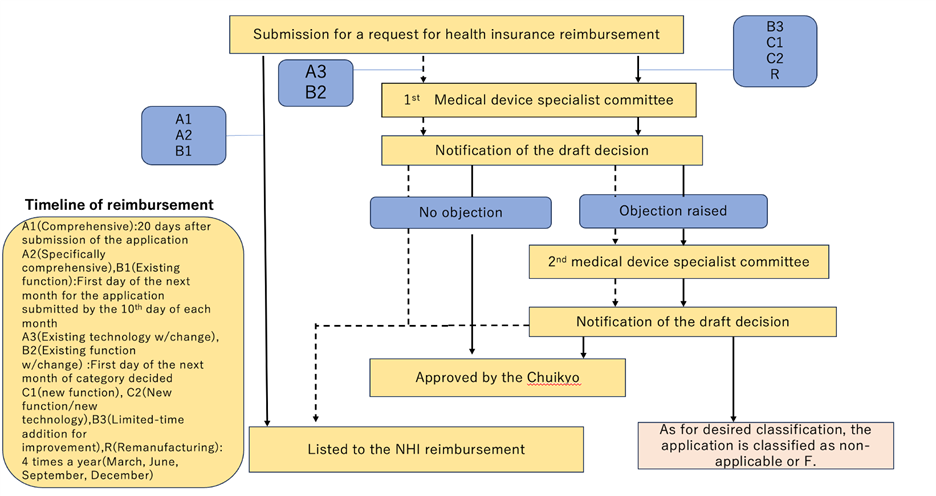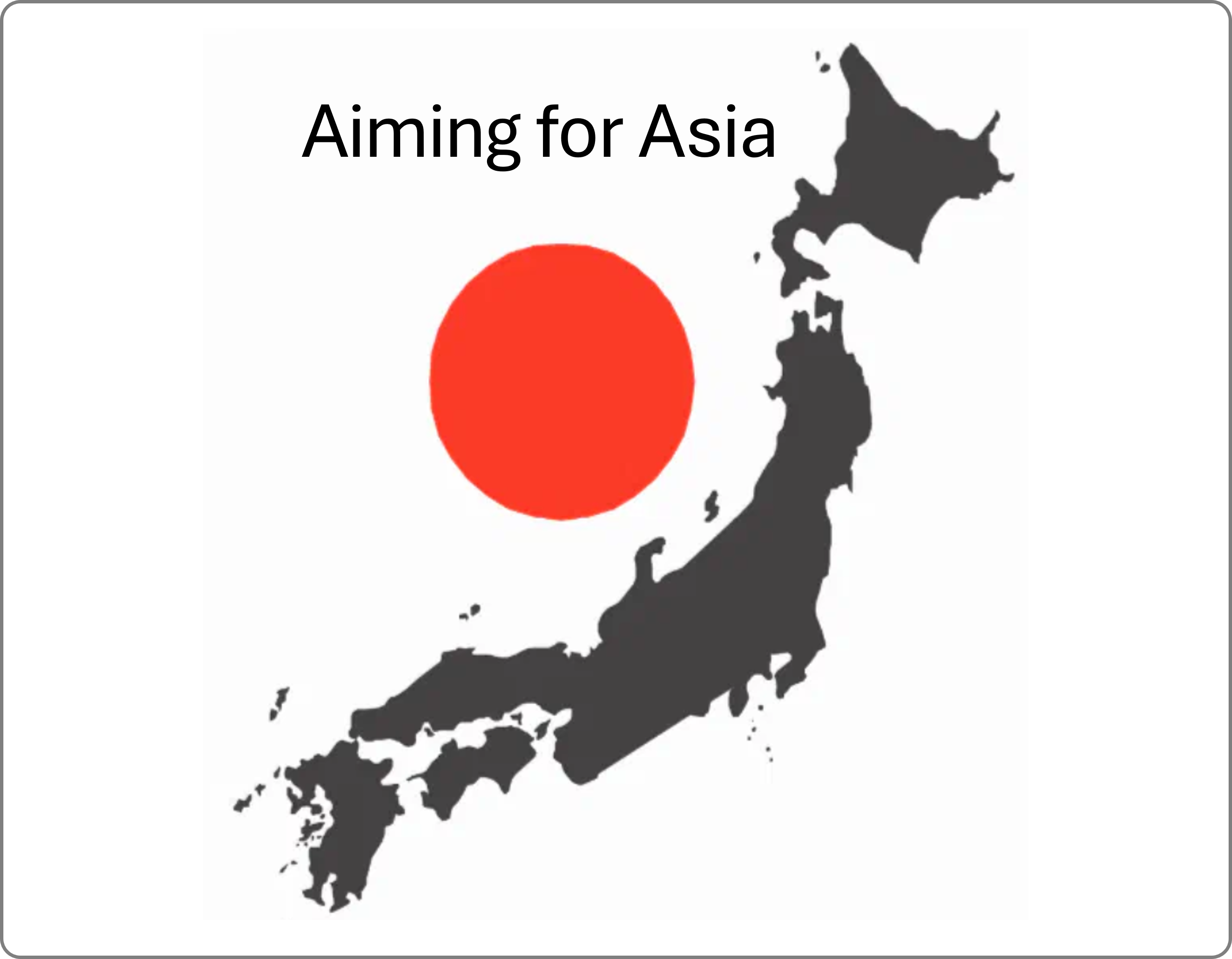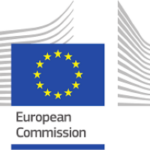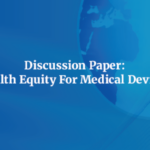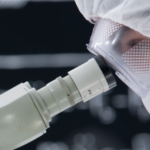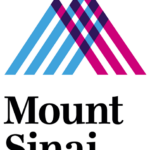Fifteen years ago, medical device reimbursement in Japan normally created a very profitable business for many device companies. For example, at that time, if the device company had 10% of its sales in Japan, it might have had 15% of its profits coming from Japan due to relatively high device reimbursement prices. Unfortunately, those days are over.
Today, while device reimbursement can still be decent in Japan, careful planning and a number of factors must be investigated. Now, device reimbursement levels in Japan are more in line with the reimbursement levels in the EU. The Japanese government has pledged not to allow Japanese device reimbursement to be as high as the US prices.
The first thing that the MHLW and Chuikyo (the device reimbursement agency) will look at with respect to Japanese device pricing is the clinical value of your device. Is your device unique and superior to other existing competing products? If so, and you want to get a much higher price, you will want to use the cost accounting method to determine your Japanese price. The cost accounting method includes a breakdown of the costs to make the product, or alternatively, it takes the imported price of the device and adds the selling expenses, general and administrative expenses, operating profit, distribution expenses, and consumption taxes to get a final device price. If the product cannot show superiority, it is likely to follow the comparison reimbursement method – where either the price will be similar to existing products, or a small premium will be allotted – maybe a 10% to 15% higher price than existing comparable products for added features and benefits.
Please keep in mind that in many cases, you can have an MHLW device reimbursement meeting once the registration dossier is submitted, or sometimes even before that. For this MHLW reimbursement meeting and for your registration application, it is very important that you include a strong reimbursement argument. This includes having the right JMDN registration code that will support your reimbursement argument later on.
Only once you receive product approval, you can submit a reimbursement application that has a number of forms to be filled out. There are two types of forms which include a reimbursement application (depending on your device’s functional category) and about 10 additional attachments requiring information such as details on your medical technology, functional classification, overseas pricing, costs to make the product, etc. Once these forms are complete and submitted, it normally takes the MHLW 3-6 months to make their device reimbursement decision.
Besides determining if your device is superior or comparable to existing devices on the market, the MHLW will also look at two distinct reimbursement paths to calculate the final reimbursement. The first path is functional reimbursement, where your product is categorized into one of eight functional subcategories – A1, A2, A3, B1, B2, B3, C1, and C2. The second path is foreign reference pricing, where the MHLW looks at what the average pricing is of your device in five foreign markets – the US, UK, France, Germany, and Australia. However, over the last few years, the MHLW also has added a number of “formulas” for foreign reference pricing. For example, if the product price in one of the five countries is more than 2.5x the product price in the lowest country, the highest-priced country will be discarded, and the final price will reflect the average of the remaining four countries. Today, while the functional categories are pretty important, foreign reference seems a bit less important, and this pricing mechanism is used more by Chuikyo to reduce device prices.
Another important factor is health economics. The Japanese government is the sole provider of device reimbursement, and with hospital stays in Japan averaging close to 25 days (compared to 3.5 days in the US), the government healthcare system is losing lots of money. Here, the main point is how your device can reduce healthcare expenses to reduce government costs. Please keep in mind that while health economics data are important, they seem to be somewhat less important than the clinical value of your product in Japan today.
Other factors that are important in gaining higher device reimbursement in Japan include the following. Will a device clinical trial in Japan help show the superiority of your product over competitors? You may already have this kind of information from a Western clinical study, but does this study take into consideration Japanese ethnic factors and how your device will help Japanese patients? In addition, getting strong support from the right Japanese KOLs, not just any KOL who you may have been introduced to via a Western KOL, is crucial too. Japanese doctors can import non-registered devices for their own personal use with their own patients. Oftentimes, this is a good way to get the initial support you need. Also, try and get the right Japanese Association to support your device, which can also provide important reimbursement support.
Before registering your device in Japan, it is crucial to get an idea of the potential reimbursement in Japan upfront. Some companies register devices in Japan without first looking into reimbursement, only to find out after device approval that the Japanese pricing does not give them a profitable business in Japan. In that case, why go through all the time, effort, and cost to register your device there?
Japan is still the third-largest single-device market in the world. There are very good opportunities for foreign device companies that have state-of-the-art, unique devices. The key point is to do your homework in advance. Device reimbursement is one of the keys to being successful there.
Medical Device Reimbursement Process in Japan
